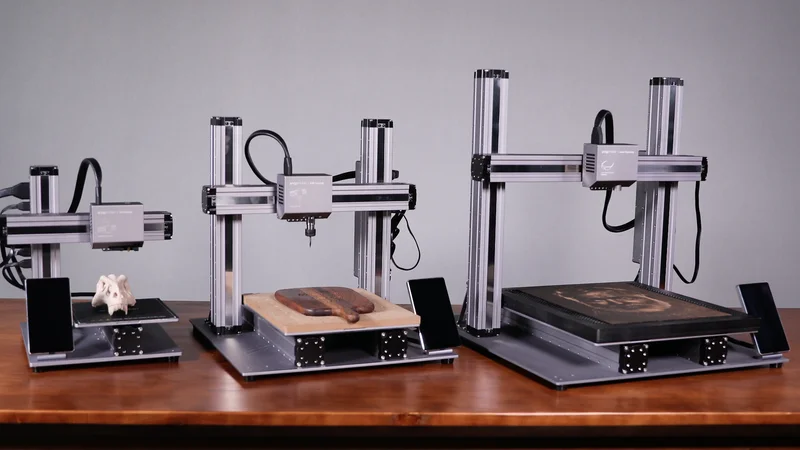3D Printer: Your Guide to the Best Models, Top Brands, and Unprecedented Creative Power
The Future is Written in Mosquitoes: Necroprinting is Here!
Okay, folks, buckle up, because I just stumbled across something that's got my circuits buzzing – and it's not just the caffeine talking this time. Researchers at McGill University are doing something absolutely wild: they're turning deceased mosquito proboscises (yes, mosquitoes) into ultra-high-resolution 3D printer nozzles! I mean, seriously, who saw that coming?
This isn't just some quirky science experiment, this is a potential paradigm shift in how we approach micro-manufacturing. We're talking about a 3D printing method – necroprinting, as they're calling it – that utilizes nature's own incredibly precise tools. Think about it: these mosquito proboscises have an inner diameter of just 20 micrometers. To put that in perspective, that's finer than the best man-made tips by a factor of two! This is a mind-blowing level of precision.
A Tiny Tool, a Giant Leap
Now, I know what you might be thinking: "Mosquito parts? Seriously?" But hear me out. These aren't just any old nozzles. The researchers found that mosquito proboscises are surprisingly robust – biodegradable, straight, stable, and able to withstand pressures up to 60 kilopascals. That's some serious engineering on nature's part! And while the mechanical strength of the nozzles is low, they're using 3D-printed bioscaffolds to compensate. It’s like nature and technology are meeting halfway to birth something truly special.

What does this mean for us? Well, imagine the possibilities. We're talking about the ability to 3D print incredibly fine objects with unbelievably smooth surfaces. This opens doors in fields like aerospace, dentistry (imagine perfectly fitted implants!), and, most excitingly, biomedical research. Think about printing complex tissue structures, creating personalized drug delivery systems, or even building tiny sensors that can monitor our health from inside our bodies. This is the kind of breakthrough that reminds me why I got into this field in the first place.
And let's not forget the cost factor! High-precision 3D printing nozzles currently cost around $80 per tip. Plus, they're typically made of non-biodegradable plastic or metal. Using readily available, biodegradable mosquito parts? That's not just innovative, it's potentially game-changing for accessibility and sustainability. They even looked at insect stingers, snake fangs, and plant xylem vessels as alternatives, which shows how deeply they are thinking about bio-inspiration. It's like turning swords into ploughshares, but with mosquito mouthparts! What if we could sustainably source these nozzles? Dead mosquito proboscis used for high-resolution 3D printing nozzle — scientists boast of the extremely fine output from ‘necroprinting’ - Tom's Hardware
Of course, with any new technology, there are ethical considerations. Sourcing enough mosquito proboscises, ensuring sustainable practices, and addressing potential environmental impacts are all crucial questions we need to ask as we move forward. But the potential benefits are simply too significant to ignore.
So, What's the Real Story?
This isn't just about 3D printing; it's about a fundamental shift in how we think about technology. It's about recognizing the incredible potential of the natural world and finding innovative ways to harness it. It's about blurring the lines between biology and engineering to create a future where anything is possible. The best 3D printer of tomorrow might just be powered by yesterday's mosquito.
